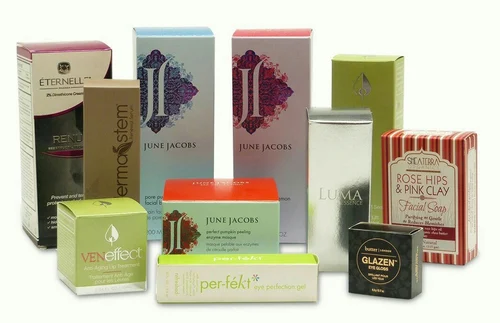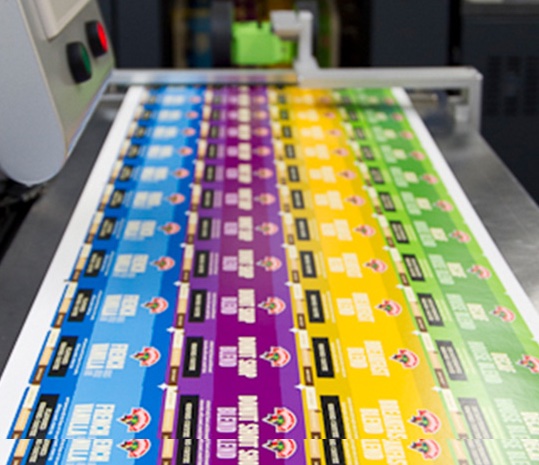
Cosmetic Box Printing
Cosmetic box printing refers to the process of printing designs, branding, or information on packaging boxes for cosmetic products. These boxes are an essential part of the branding and marketing of cosmetic products, and their design and quality can impact a customer’s perception of the product’s quality and value.
There are several methods of printing on cosmetic boxes, including offset printing, digital printing, and screen printing. Each method has its advantages and disadvantages, and the choice of method depends on the design, budget, and printing volume.
When printing on cosmetic boxes, it is important to use high-quality ink and materials that can withstand wear and tear, as well as exposure to moisture, heat, and light. The ink and materials used should also be safe for human use and comply with regulatory standards. At Apex Print Pac we make sure your packaging will always withstand the test of time and authorities.
Common information printed on cosmetic boxes include the brand name, product name, ingredients, directions for use, and warnings or precautions. The design of the box can also incorporate aesthetic features such as color, texture, and graphics to enhance the product’s appeal and differentiation in the market.
In addition to printing on the outside of the box, some cosmetic products may require printing on the inside of the box or on inserts, such as product information cards or instruction manuals. This information can help customers better understand the product and how to use it, and also adds value to the overall packaging design.


